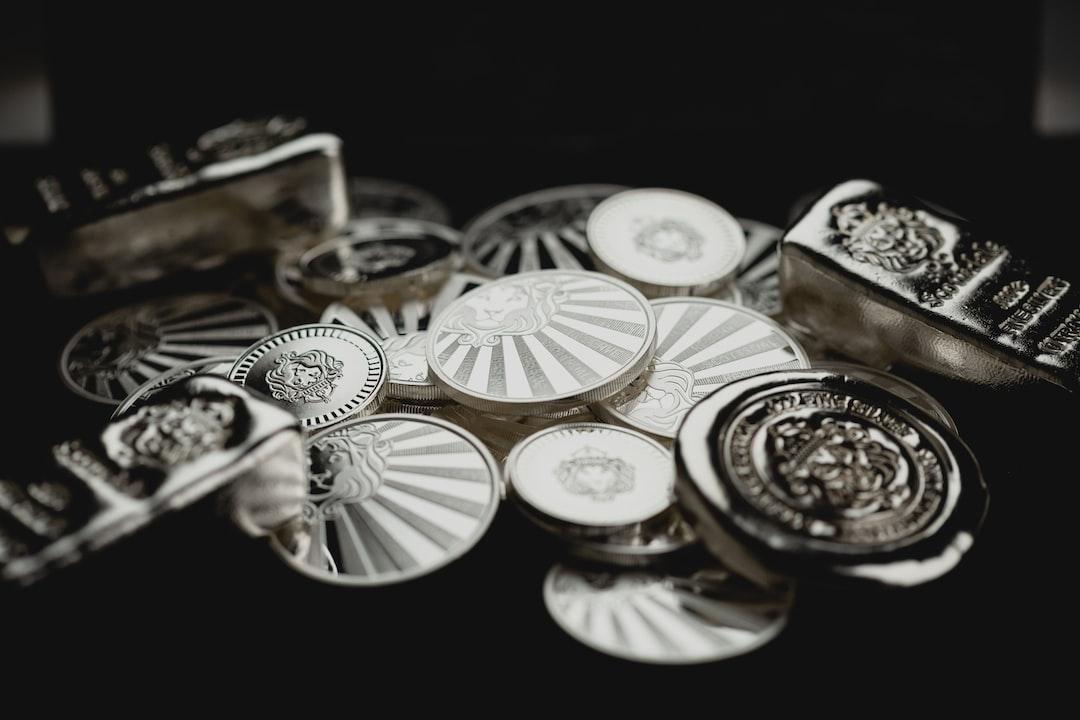A Bitcoin Core contributor has taken a unique approach to showcasing Marathon Digital’s logo by incorporating it into a Bitcoin block’s data visualization using the mining firm’s template building tools.
The artwork, referred to as “block art,” was created by a user named Portland.HODL. By strategically ordering transactions within a block, the custom graphic can be seen on a Bitcoin indexer website. These indexers use square blocks and color gradients to visualize Bitcoin transactions based on their sizes and fee rates.
Marathon Digital shared the details of block 836361, which it successfully mined on March 26. The company, known for its template building capabilities and technology stack, named it the M block and wanted to showcase its abilities through the visualization.
While not currently offering this service, Marathon Digital speculated that the creative potential of block art could open up new possibilities within the Bitcoin space.
Marathon Digital also highlighted the importance of excluding blocks from full pay-per-share (FPPS) calculations on the Bitcoin network to ensure accurate miner fee estimates. This is to prevent any impact that Marathon’s experiments may have on network fees.
Portland.HODL claims to have successfully crafted the visualization of the block through a lengthy trial and error process. The creation of this block art involved using OP_RETURN transactions in the Bitcoin protocol. These transactions allow for the inclusion of a small amount of arbitrary data, often used for embedding messages or metadata.
Before a block is mined, all transactions are stored in the mempool. Miners can create multiple transactions to generate block art once they are mined. These transactions are developed in such a way that when visualized, they correspond to the desired image’s pixels.
Creating block art also requires miners to modify their software to select specific transactions that form the desired pattern instead of prioritizing transactions for maximum profit.
However, mining a block with a specific set of transactions to form an image or text requires significant hashing power similar to that of Marathon Digital.
The total fees paid to achieve the desired output for the “M block” amounted to $122,524, which Marathon Digital covered.
The X user, formerly employed at Braiins Mining, explained that each colored square in the block represents a transaction and its associated fee. The block is carefully constructed to create a visual image through the mempool space block visualizer.
In February 2024, Marathon Digital launched a direct BTC transaction submission service to facilitate and expedite large and complex Bitcoin transactions.
Magazine: Big Questions: How can Bitcoin payments stage a comeback?

